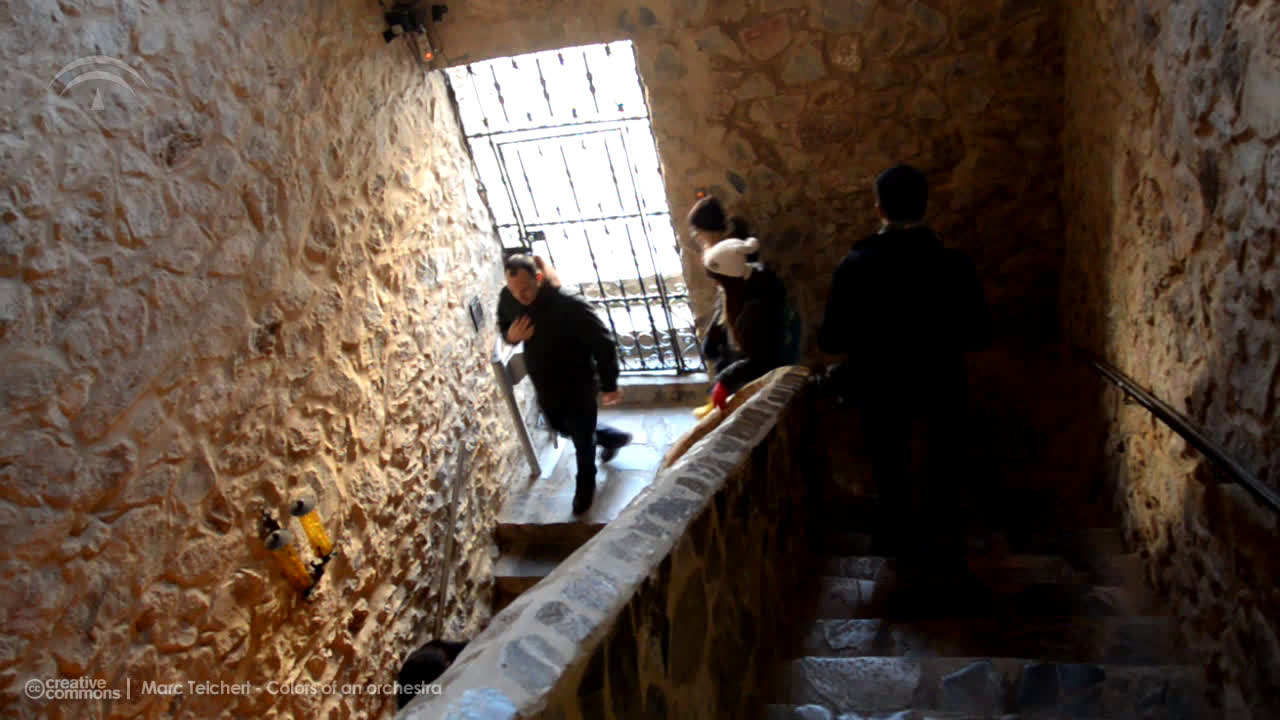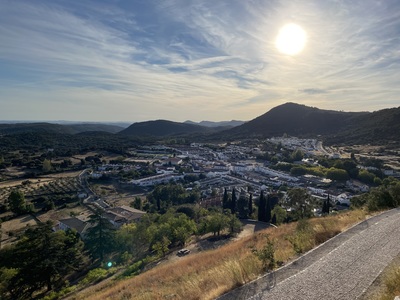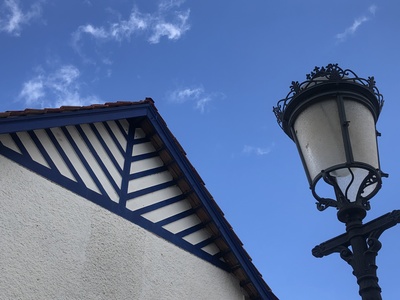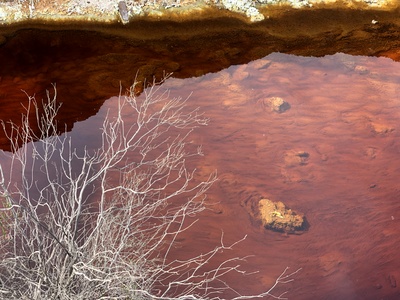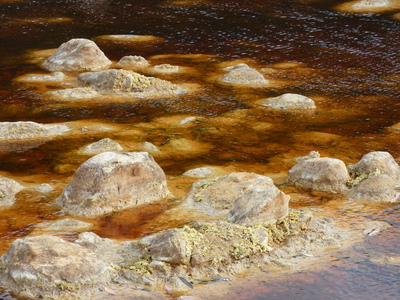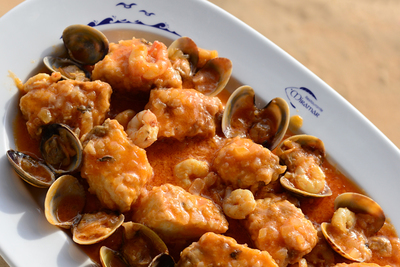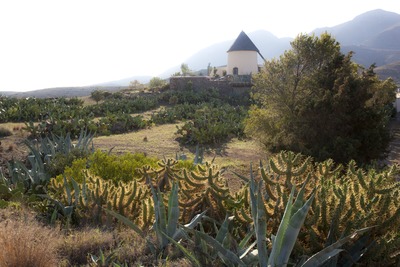10 unusual facts that you did not know about the Río Tinto river
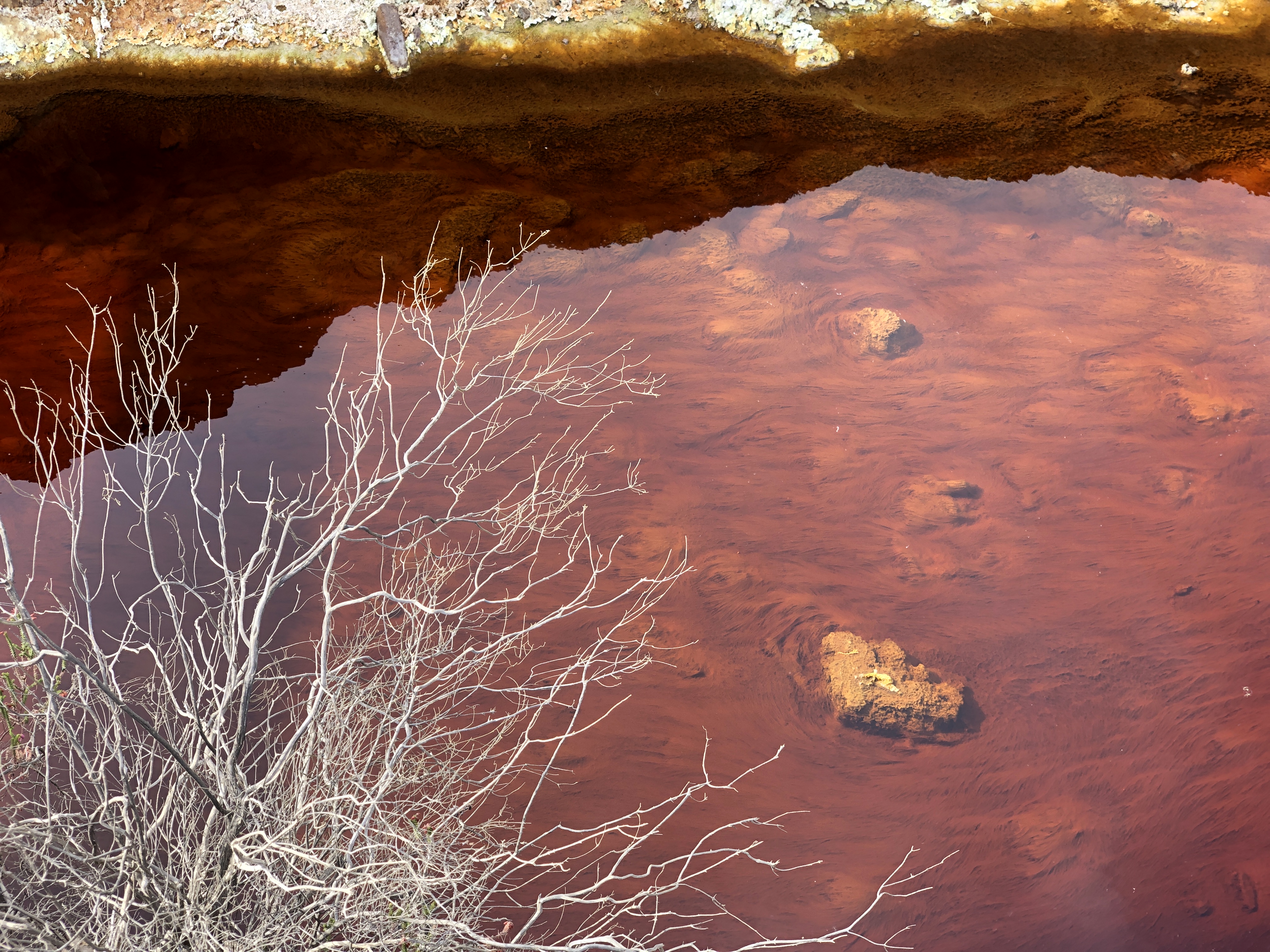
How can a river be completely red right from its source? Why is NASA studying the Rio Tinto river basin as part of their research into the existence of life on other planets? Would its water be suitable for human consumption or agricultural activity? What happens when it is about to reach the ocean that turns its innate toxicity into life? Where can this natural phenomenon be admired and photographed?
Here are a series of unusual facts about the Río Tinto river, which flows through Huelva mining basin, and that for many people was a mystery, whilst for others who come here, it becomes the basis for a journey that goes far beyond the Minas de Riotinto basin. Here we go!
1.- The Río Tinto owes its colour to the natural decomposition of minerals that contain heavy metal sulphides. The oxidation is of microbiological origin, since it is bacteria and other extremophilic microorganisms (the name says it all) that oxidise and metabolise these sulphurous components.
2.- The Río Tinto rises in the so-called Sierra del Padre Caro in Huelva, specifically at Peña de Hierro in the town of Nerva. This is one of the essential visits that should be made in the area. Tickets can be purchased on the Mining Park's website or in the Riotinto Mining Museum (Minas de Riotinto, Huelva).
3.- The waters in the upper and middle basins of the Río Tinto are extremely toxic and unsuitable for supporting animal life. So there are no fish swimming in these waters. Nor do birds go down to the river to drink, as they would die if they did that. Only a certain type of bacteria can survive in this peculiar natural resource.
4.- NASA scientists have come numerous times to Riotinto Mines and other parts of the Huelva mining basin to study this extreme habitat. This is due to its high similarity with other planets like Mars where they think remains of this type of microorganism may be found and this would help them demonstrate the existence of life outside the Earth.
5.- Rocks impregnated by the these waters present a multitude of ochre and yellow tones due to the high presence of sulphurous material. It is impossible to remove these colours. If you put metallic objects like rings or bracelets into this water, that will be the end of them. And if you get it on your clothes. There's nothing you can do, the stain will never go away. And if ever you touch water from the Río Tinto, be careful never to touch your eyes with your hands. At least not before washing them thoroughly with an appropriate kind of water solution.
6.- Luxia, Iberus and Urium were some of the names by which the Río Tinto was known in ancient times. It should be pointed out that there has been mining activity in the area known as Minas de Riotinto for more than five thousand years. Tartessians, Iberians, Romans, Visigoths, Moors and Castilians exploited the subsoil in this part of Huelva long before the British acquired the rights to obtain and market the minerals obtained there.
7.- When in 1873 the mines were bought by the Rio Tinto Company Limited, the State received a payment of just over ninety million old pesetas (less than 600,000 euros today). The profits made the British company before the beginning of the 20th century would have been more than fifty million euros. Undoubtedly a really good deal, although at least it helped the Spain of the First Republic to partially avoid going bankrupt.
8.- One of the first railway lines in Spain was built partly following the course of the Río Tinto. It was a private railway, since it was reserved for the exclusive use of the Rio Tinto Company Limited, and its purpose was none other than to transport the ore obtained to the Tinto dock in the city of Huelva (from there it would be loaded onto ships to the United Kingdom and other countries in the world). Although the senior executives of the company used it themselves when they travelled. They even bought a luxury wagon from the Royal Household and which Queen Victoria of England was going to travel to her colonies in India. The all-powerful monarch would never make this trip, so this jewel of locomotion ended up in Huelva, and it can now be visited in the Riotinto Mining Museum along with other devices from this era.
9.- The best places to photograph the Rio Tinto are just before entering the tourist mining railway station in Nerva (on the bridge that you need to cross to park your car and access the site). Also at the stop the train makes in Los Frailes. And, of course, along the Río Tinto Vía Verde in El Berrocal, a five-kilometre hiking trail where you can walk along the old railway line. A trip that can be done at your own leisure: walk along the river and discover old bridges and the remains of halts and other buildings on this railway that operated for more than a century and is now in disuse (except for the 11 kilometres between Nerva and Los Frailes which are used for the tourist mine train).
10.- The River Tinto's water is generally extremely acid and toxic, but after it flows through San Juan del Puerto and reaches the Bay of Huelva to join the River Odiel, life appears. Flamingos, spoonbills and many other species in the so-called marshes of the Odiel surprise locals and visitors alike. How is this possible? The salt from the ocean in this estuary neutralises all the negative effects in the water. And thanks to the nutrients in the water, this area between Huelva and Punta Umbría is a natural reserve of great environmental value.
This is the River Tinto, a journey through history and also through life. It awaits us in Huelva, on a route of just over a hundred kilometres.
José Miguel Redondo - Travel Blog "El Rincon de Sele"


